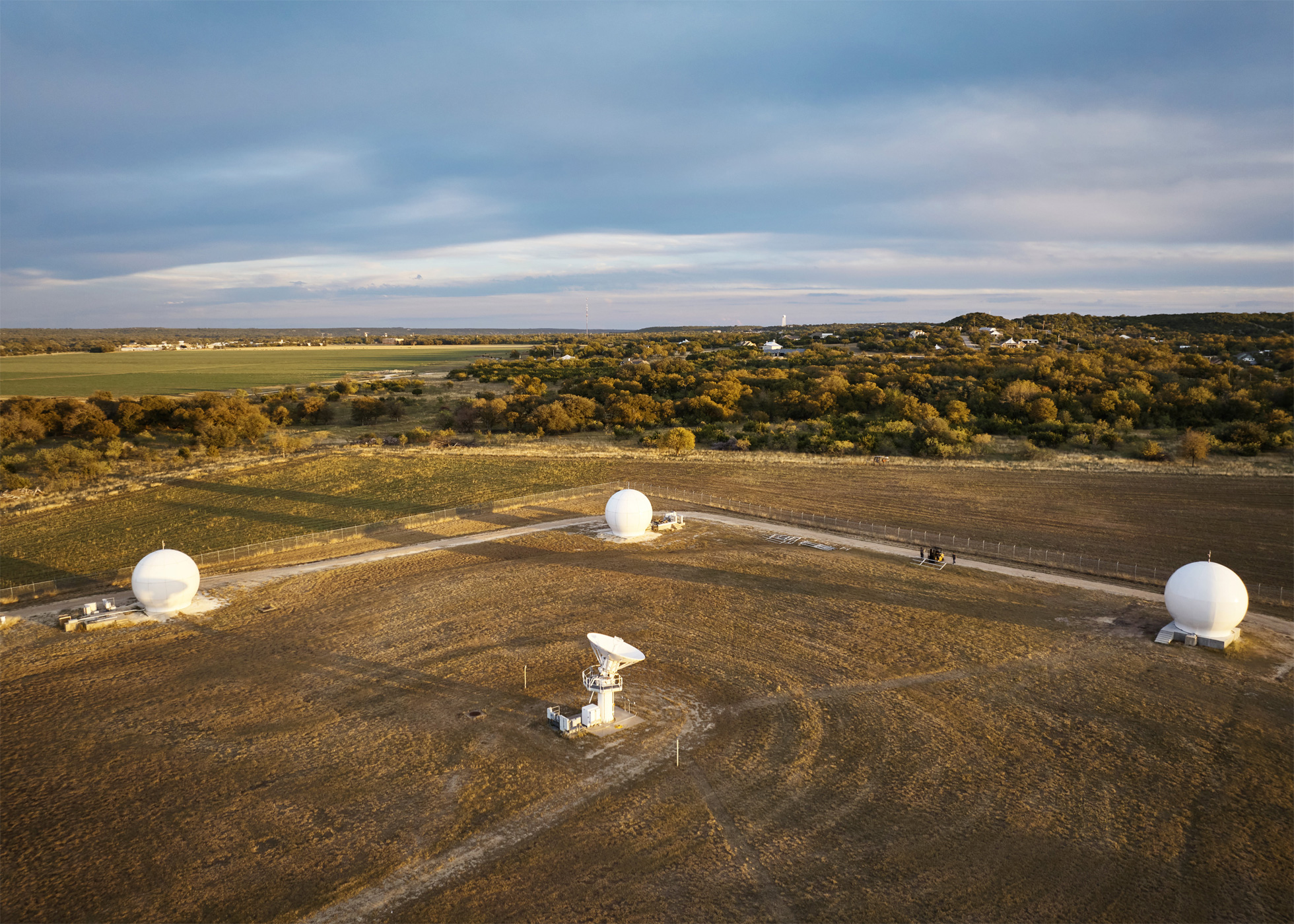MacTalk
December 2022

Apple Says More about Emergency SOS via Satellite Technology
One of the most intriguing aspects of the iPhone 14 announcement was Apple’s presentation about the forthcoming Emergency SOS via satellite feature (see “Apple Unveils Four Models of the iPhone 14,” 7 September 2022). It promises to help iPhone users contact emergency services by communicating with low-earth orbit satellites when there’s no cellular or Wi-Fi coverage. (This couple could have used it.) Apple has now published an update that explains more about how this seemingly magical capability—satellite communications using a normal cell phone—came to be.
The short answer is through the application of large quantities of money. Apple invested $450 million in satellite network and ground station infrastructure, largely run by the global satellite service Globalstar. Read Apple’s post for the full details.

I’m struck by how much Apple spent on this feature. It’s easy to say that no amount is too large if it saves lives, but realistically, Apple is in business to make money, not save lives. To an extent, Emergency SOS via satellite might serve as a competitive selling point for iPhones, particularly when up against a plethora of often-cheaper Android phones.
But unlike Crash Detection, which I think many of us can imagine being useful even though we don’t expect to be in a crash, it’s hard to see lots of people buying an iPhone because of Emergency SOS via satellite. There can’t be that many people in the US and Canada who worry about being stranded in a life-threatening situation without cellular coverage. (That’s not to say that there aren’t plenty of people who spend time in areas where cellular coverage is nonexistent, but presumably, most have managed to survive this long without satellite-enabled access to emergency services.)
It seems more likely that Apple sees satellite communications becoming increasingly important, with Emergency SOS via satellite and satellite-enabled Find My, which lets iPhone users share their location via satellite, being the first features to exploit the technology.
For instance, I could see future iPhones including enhanced antennas and radios so they could first support low-speed data and later full-fledged voice calls. Such a service wouldn’t be free, of course, and would serve both to differentiate the iPhone and bring in a regular revenue stream. How much would you pay per month to have constant connectivity without interruptions?
More generally, could adding satellite connectivity be a long play to capture market share in emerging countries that lack broad cellular coverage? The satellite service will initially be limited to the US and Canada, but it’s hard to imagine Apple wouldn’t want to expand coverage globally. Apple has roughly 50% of the US smartphone marketbut is working hard to reach 5% in India. On the assumption that a non-trivial portion of the global population lacks satisfactory cell service, satellite connectivity could be a compelling feature.
Apple reiterated that Emergency SOS via satellite and satellite-enabled Find My will launch later this month. Cellular service is spotty in my part of the world, so I look forward to testing it as soon as it’s available.
Contents
Website design by Blue Heron Web Designs



